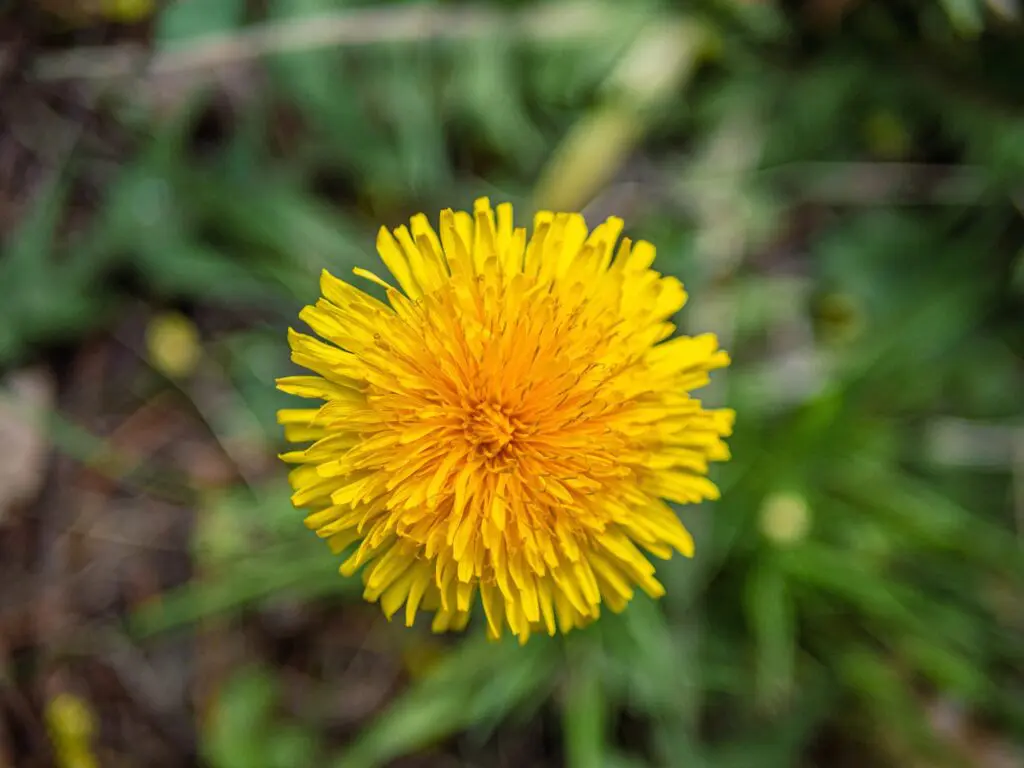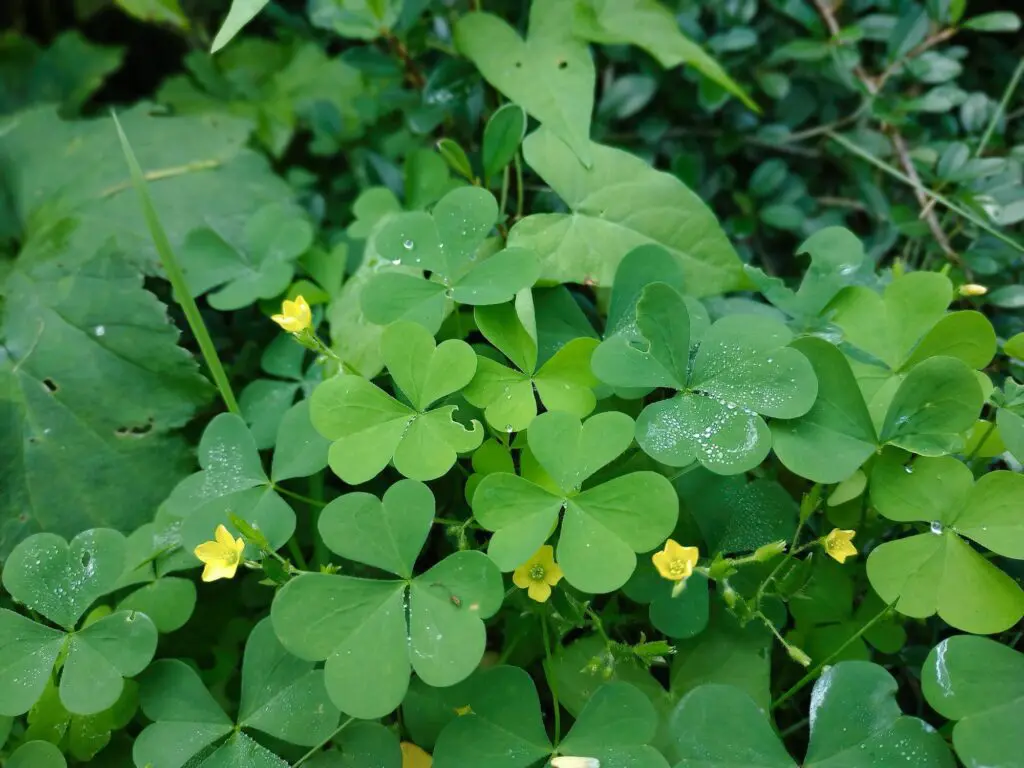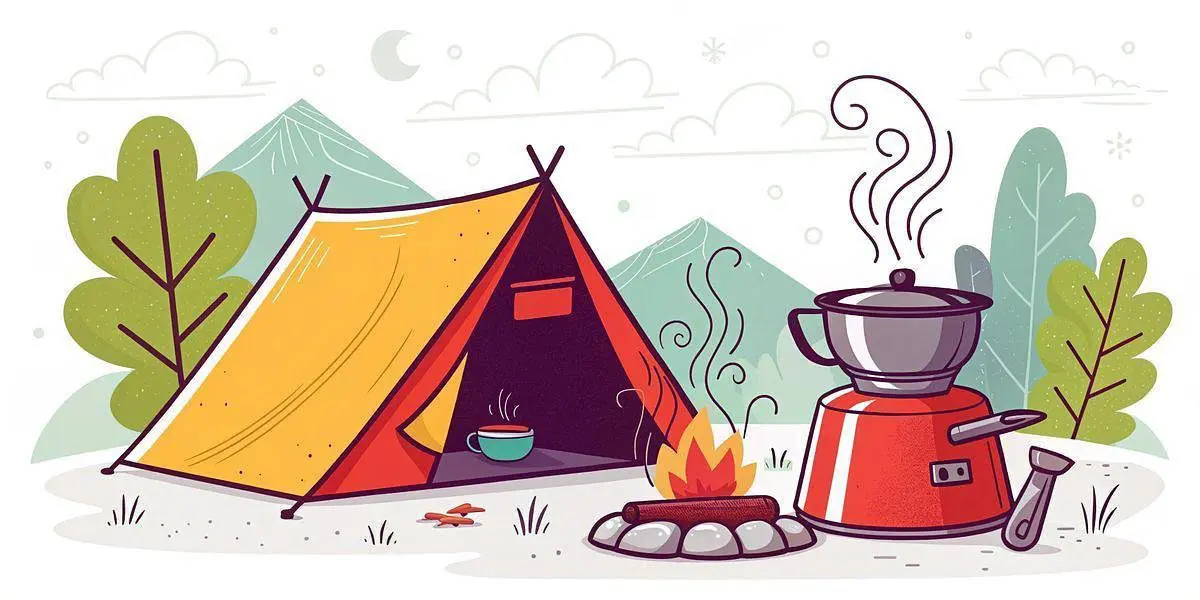Discover the Bounty of Nature: 5 Wild Edible Plants in North America and How to Enjoy Them Safely
Introduction
Embark on a journey with us as we explore the diverse landscape of North America and uncover five incredible wild edible plants that have nourished native inhabitants and adventurous foragers for centuries. In this blog post, we’ll delve into the fascinating world of wild edibles, learn how to identify, harvest, and prepare these natural treasures, and unearth the secrets of transforming them into delicious, nutritious, and sustainable meals. So, strap on your hiking boots, grab your field guide, and let’s venture into the great outdoors to unlock the culinary potential of nature’s pantry!
The Plants

Dandelion
1. Dandelion (Taraxacum officinale): Dandelions are common wild edible plants found in North America. The entire plant is edible, including the leaves, flowers, and roots. The leaves are rich in vitamins A, C, and K. To harvest, simply pick the leaves and flowers, making sure to avoid areas with pesticides or pollution. To prepare, wash the leaves thoroughly and use them fresh in salads or sauté them with garlic and olive oil. The flowers can be used in teas, wines, or battered and fried as fritters.

Purslanes
2. Purslane (Portulaca oleracea): Purslane is a succulent plant with a slightly sour, salty taste. The leaves, stems, and flowers are all edible and contain high levels of omega-3 fatty acids and vitamins A, C, and E. Harvest purslane by cutting the stems close to the ground. Wash thoroughly and eat the leaves and stems raw in salads or cook them like spinach.

Wild Leek
3. Wild Leek (Allium tricoccum): Also known as ramps, wild leeks are a flavorful woodland plant with a taste similar to a combination of onions and garlic. The leaves and bulbs are both edible. To harvest, carefully dig up the bulbs with a trowel, leaving some behind for future growth. Clean the bulbs and leaves, and use them raw in salads, sautéed, or in soups and stews.

Cattail
4. Cattail (Typha latifolia): Cattails are easily recognizable by their tall, brown, sausage-shaped flower head. The young shoots, flower heads, and roots are all edible. Harvest the young shoots in early spring by pulling them from the base. To prepare, peel off the outer leaves and eat the tender core raw or cooked like asparagus. The flower heads can be boiled and eaten like corn on the cob, and the roots can be mashed and used as a thickener for soups and stews.

Wood Sorrel
5. Wood Sorrel (Oxalis acetosella): Wood sorrel has heart-shaped leaves and small, delicate flowers. The leaves have a tangy, lemony flavor and are rich in vitamin C. To harvest, simply pick the leaves and flowers by hand. Rinse them well and use them fresh in salads, steep them in hot water for tea, or add them to soups and sauces for a tangy flavor.
Discovering the world of wild edible plants found in North America can be an exciting and rewarding experience. Not only do these plants offer a natural source of sustenance, but they also connect us with the environment and our ancestors who relied on them for food and medicine. However, it’s crucial to exercise caution and always double-check the identification of wild plants before consuming them since some plants have toxic lookalikes. Additionally, it’s important to practice sustainable harvesting, ensuring that you leave enough plants behind for future growth and maintain the ecological balance.






























